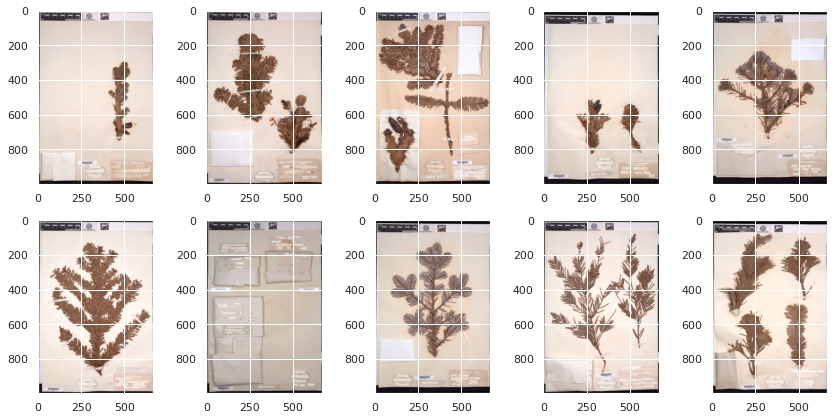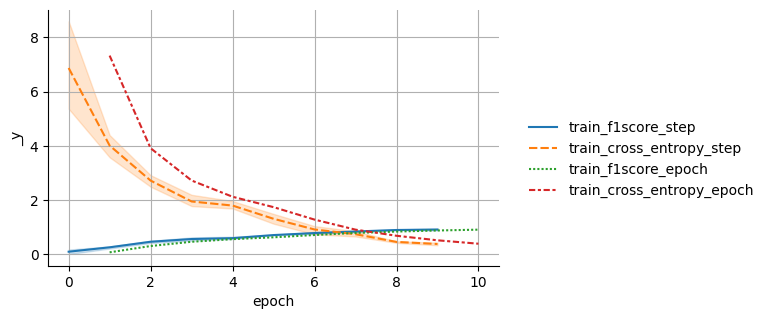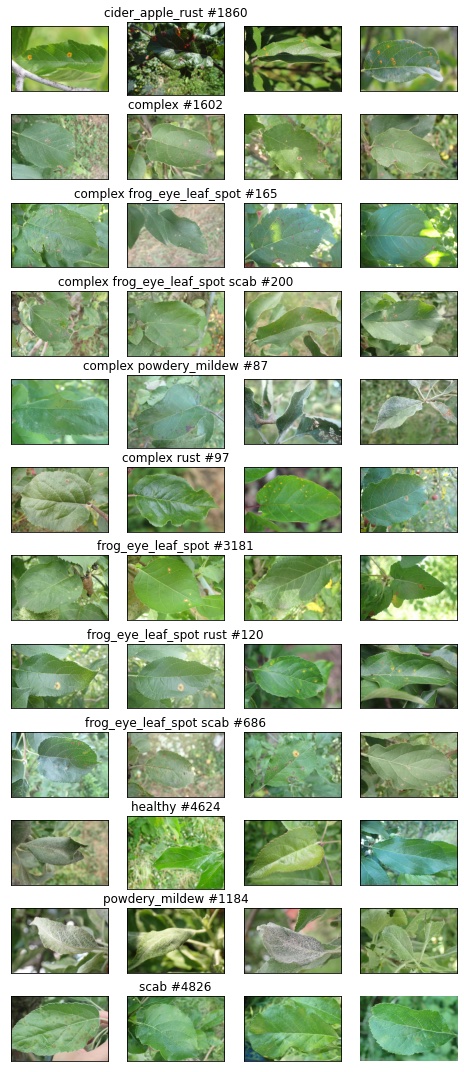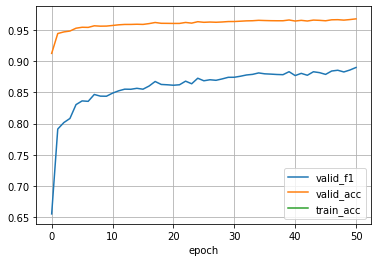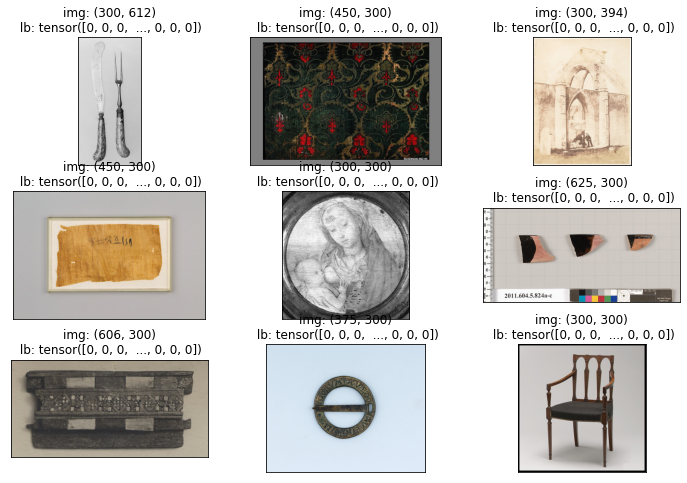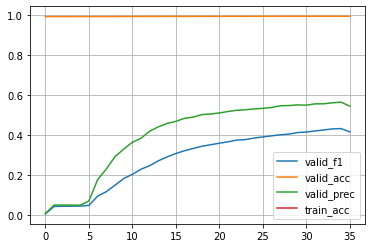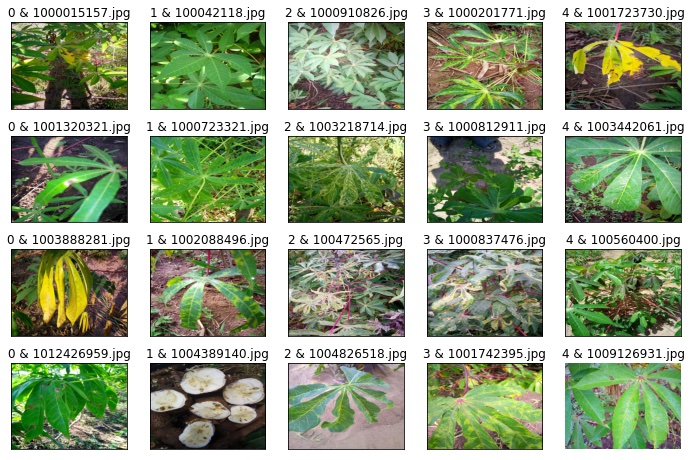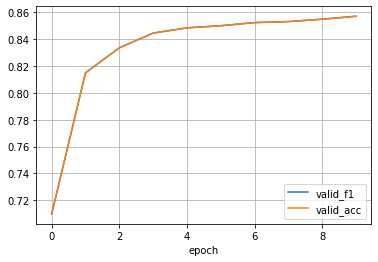A simple way how to use this basic functions:
! pip install https://github.com/Borda/kaggle_image-classify/archive/main.zipKaggle: Herbarium 2022
The Herbarium 2022: Flora of North America dataset comprises 1.05 M images of 15,501 vascular plants, which constitute more than 90% of the taxa documented in North America. The provided dataset is constrained to include only vascular land plants (lycophytes, ferns, gymnosperms, and flowering plants) and it has a long-tail distribution. The number of images per taxon is as few as seven and as many as 100 images. Although more images are available.
Training progress with EffNet-b3 with training for 10 epochs:
Kaggle: Plant Pathology 2021 - FGVC8
Foliar (leaf) diseases pose a major threat to the overall productivity and quality of apple orchards. The current process for disease diagnosis in apple orchards is based on manual scouting by humans, which is time-consuming and expensive.
The main objective of the competition is to develop machine learning-based models to accurately classify a given leaf image from the test dataset to a particular disease category, and to identify an individual disease from multiple disease symptoms on a single leaf image.
- Plant Pathology with Flash
- Plant Pathology with Lightning ⚡
- Plant Pathology with Lightning [predictions]
- Plant pathology with Lightning
- Plant pathology with Lightning - StandAlone (without this package)
- Plant pathology with Flash
I would recommend uploading the dataset to you personal gDrive and then in notebooks connect the gDrive which saves you lost of time with re-uploading dataset when ever your Colab is reset... :]
Training progress with ResNet50 with training for 10 epochs > over 96% validation accuracy:
The online cataloguing information is generated by subject matter experts and includes a wide range of data. These include, but are not limited to: multiple object classifications, artist, title, period, date, medium, culture, size, provenance, geographic location, and other related museum objects within The Met’s collection. Adding fine-grained attributes to aid in the visual understanding of the museum objects will enable the ability to search for visually related objects.
- iMet Collection with Lightning with ResNet50
- iMet Collection with Lightning and VisionTransformers from TIMM
I would recommend uploading the dataset to you personal gDrive and then in notebooks connect the gDrive which saves you lost of time with re-uploading dataset when ever your Colab is reset... :]
Training progress with ResNet50 with training for 35 epochs and subset labels with ore then 100 samples:
The task is to classify each cassava image into five categories indicating - plant with a certain kind of disease or healthy leaf.
Organizers introduced a dataset of 21,367 labeled images collected during a regular survey in Uganda. Most images were crowd-sourced from farmers taking photos of their gardens, and annotated by experts at the National Crops Resources Research Institute (NaCRRI) in collaboration with the AI lab at Makerere University, Kampala.
I would recommend uploading the dataset to you personal gDrive and then in notebooks connect the gDrive which saves you lost of time with re-uploading dataset when ever your Colab is reset... :]
Training progress with ResNet50 with training for 10 epochs:
